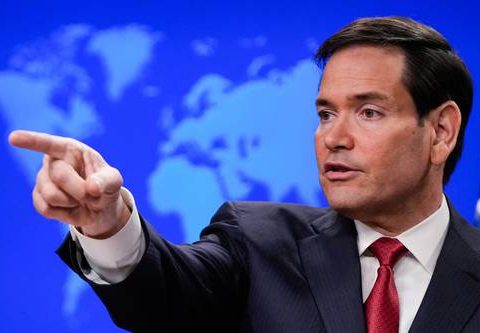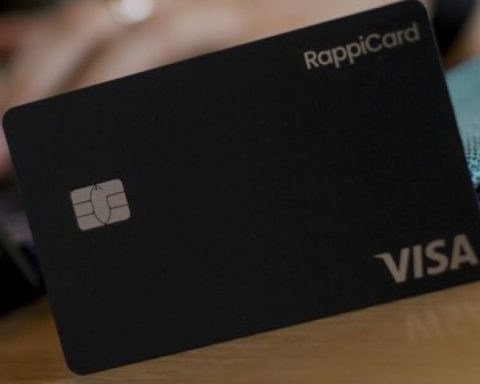Imports of consumer goods rose $4.1 billion, driven by increases in mobile phones and other household items, as well as pharmaceutical preparations, toys, games, and sporting goods.
Service imports increased $100m to $57.9bn, driven mainly by travel. Transportation services declined.
The December data was revised to show the trade gap stood at $67.2bn, instead of the previously reported $67.4bn. Economists polled by Reuters had forecast a trade deficit widening to $68.9bn.
Exports soar
Exports shot up 3.4% to $257.5 billion. Exports of goods rose 6% to $177.8 billion.
Exports of capital goods were the highest on record, as were those of consumer goods, motor vehicles, parts and engines.
But service exports fell $1.6bn to $79.7bn, dragged down by declines in travel and transportation. Exports of other business services increased.
Adjusted for inflation, the merchandise trade deficit widened 3.6% to $101.8bn in January. A lower trade deficit was one of the factors contributing to the economy’s annual growth rate of 2.7% in the fourth quarter.














